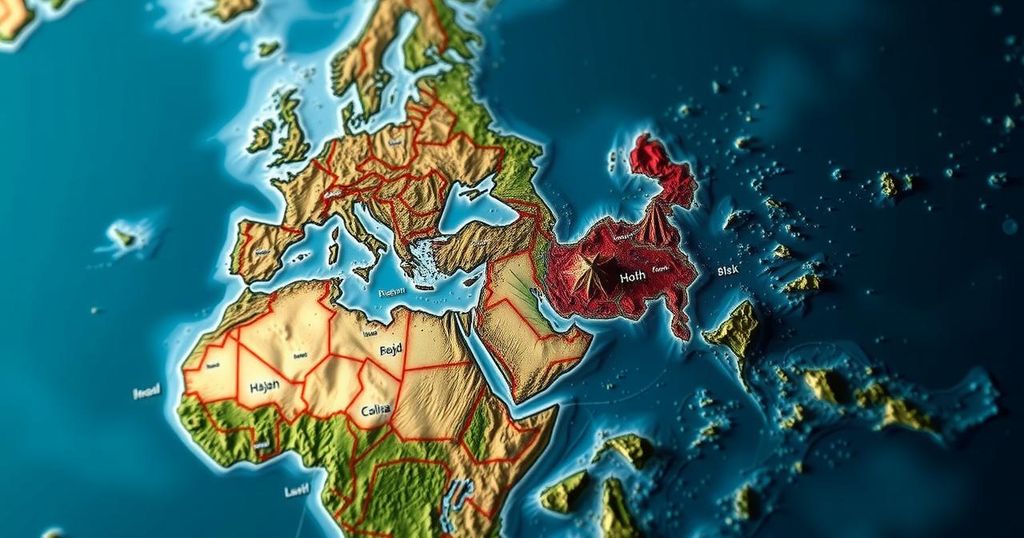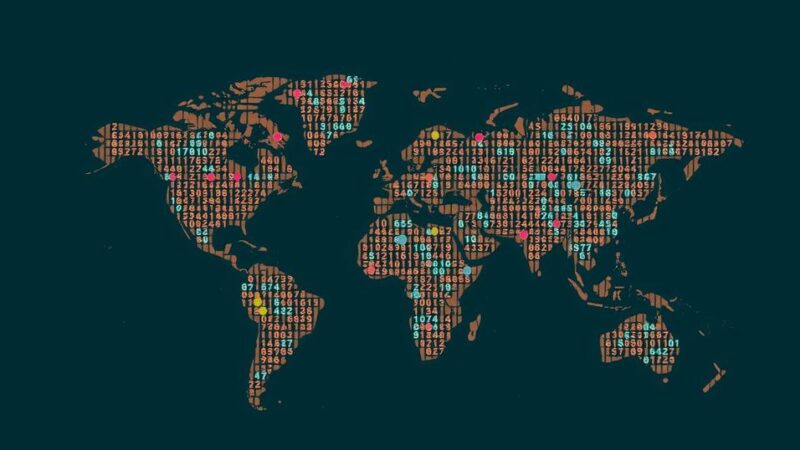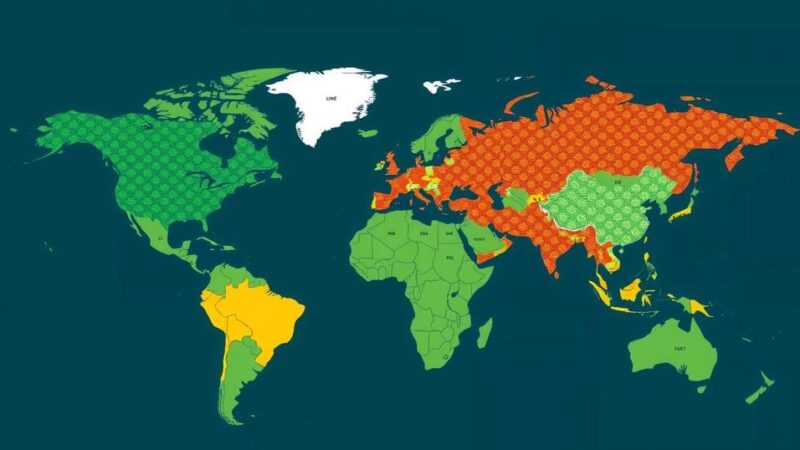A 6.8-magnitude earthquake hit Cuba on November 11, preceded by quakes in Chile, Peru, California, Greece, and Hawaii. The USGS reported widespread awareness of the tremor in Cuba and provides monitoring of global seismic activity.
On Sunday, November 11, a 6.8-magnitude earthquake struck Cuba, as reported by the United States Geological Survey (USGS). The epicenter was located in Bartolomé at a depth of 14 kilometers (approximately 8.7 miles). At the time of publication, the USGS had received 117 accounts from individuals who reported feeling the tremor. This seismic activity in Cuba followed closely after a 6.2-magnitude earthquake that occurred in Chile on November 8, with its epicenter situated in Cochrane, at a depth of 10 kilometers (around 6.2 miles). Notably, this Chilean quake was preceded by a 5.0-magnitude earthquake in Peru, registered on November 7, centered in Changuillo at a depth of 54.8 kilometers (approximately 34 miles). Additionally, the chain of earthquakes included a 4.4-magnitude event in California on November 7, with its epicenter near Borrego Springs at a depth of 9.8 kilometers (around six miles). Prior to these events, a 4.4-magnitude earthquake also occurred in Greece on November 5, with the epicenter located in Chalandrítsa at a depth of 82.3 kilometers (approximately 51.1 miles). Furthermore, a 4.8-magnitude earthquake was recorded in Hawaii on the same day, centered in Pāhala at a depth of 38.4 kilometers (about 23.9 miles). This series of earthquakes erupted following a 3.3-magnitude tremor registered in California on November 4, situated in Anza at a depth of 12.1 kilometers (approximately 7.5 miles). The clustering of seismic activity across various regions emphasizes the unpredictable and interconnected nature of earthquakes globally.
Earthquakes are geological phenomena that occur due to the sudden release of energy in the Earth’s crust, which creates seismic waves. The magnitude of an earthquake is measured on the Richter or moment magnitude scale, with higher magnitudes indicating more powerful quakes. Seismologists constantly monitor seismic activities around the world, providing crucial information regarding the location, depth, and magnitude of earthquakes to assess their potential impact on populated areas. The data shared by organizations such as the United States Geological Survey is instrumental in understanding seismic threats and preparing for potential natural disasters.
In summary, the recent seismic events highlight the ongoing geological activity in various regions, specifically in Cuba, Chile, Peru, California, Greece, and Hawaii. The magnitude and depth of these earthquakes are significant factors in determining their impact on nearby populations. Continued monitoring and research are essential to enhance our understanding of these natural occurrences and to improve preparedness plans for affected communities.
Original Source: www.kfyi.com






